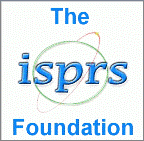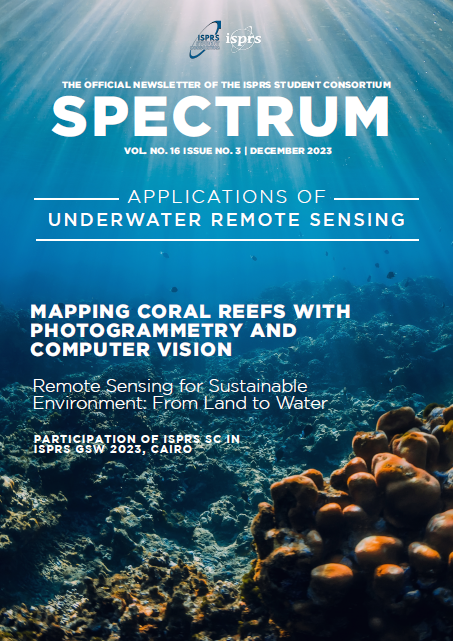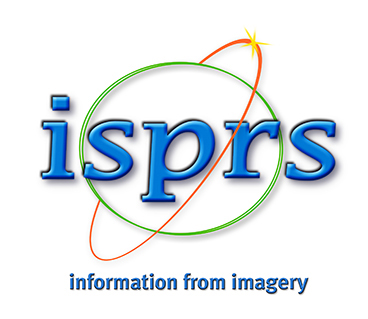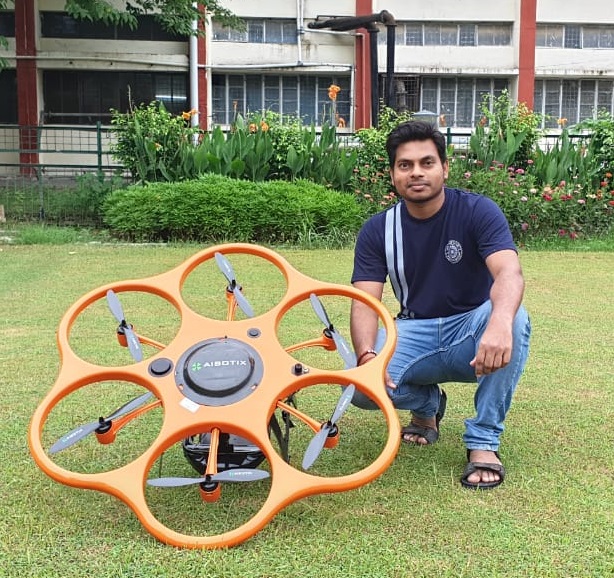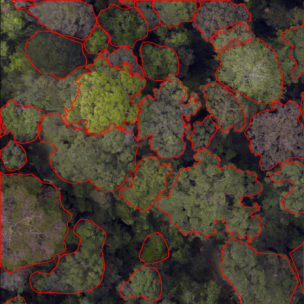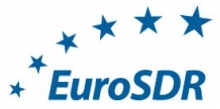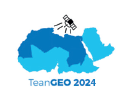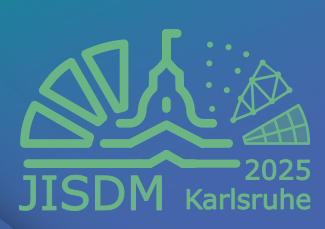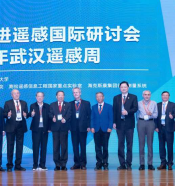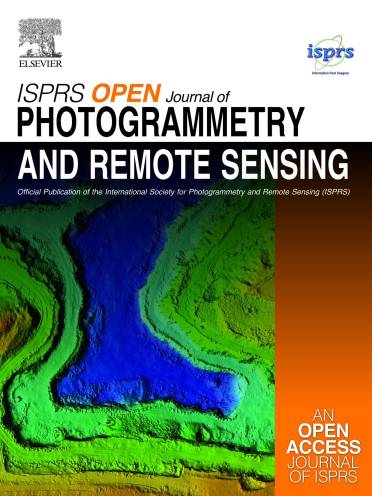Editorial Board
Pages: ii
A novel method for robust marine habitat mapping using a kernelised aquatic vegetation index
Stanley Mastrantonis, Ben Radford, Tim Langlois, Claude Spencer, Simon {de Lestang}, Sharyn Hickey
Pages: 472-480
A novel Building Section Skeleton for compact 3D reconstruction from point clouds: A study of high-density urban scenes
Yijie Wu, Fan Xue, Maosu Li, Sou-Han Chen
Pages: 85-100
Remote sensing image cloud detection using a shallow convolutional neural network
Dengfeng Chai, Jingfeng Huang, Minghui Wu, Xiaoping Yang, Ruisheng Wang
Pages: 66-84
The anisotropy of MODIS LST in urban areas: A perspective from different time scales using model simulations
Xiaoyu He, Dandan Wang, Si Gao, Xue Li, Gaijing Chang, Xiaodong Jia, Qiang Chen
Pages: 448-460
High completeness multi-view stereo for dense reconstruction of large-scale urban scenes
Yongjian Liao, Xuexi Zhang, Nan Huang, Chuanyu Fu, Zijie Huang, Qiku Cao, Zexi Xu, Xiaoming Xiong, Shuting Cai
Pages: 173-196
Global mapping of forest clumping index based on GEDI canopy height and complementary data
Xingmin Zhao, Jing M. Chen, Yongguang Zhang, Ziti Jiao, Liangyun Liu, Feng Qiu, Jinlong Zang, Ruochen Cao
Pages: 1-16
Multidecadal mapping of status and trends in annual burn probability over Canada’s forested ecosystems
Christopher Mulverhill, Nicholas C. Coops, Michael A. Wulder, Joanne C. White, Txomin Hermosilla, Christopher W. Bater
Pages: 279-295
Three-dimensional lookup table for more precise SAR scatterers positioning in urban scenarios
Chisheng Wang, Mingxuan Wei, Xiaoqiong Qin, Tao Li, Shuo Chen, Chuanhua Zhu, Peng Liu, Ling Chang
Pages: 133-149
Unveiling China’s natural and planted forest spatial–temporal dynamics from 1990 to 2020
Kai Cheng, Haitao Yang, Hongcan Guan, Yu Ren, Yuling Chen, Mengxi Chen, Zekun Yang, Danyang Lin, Weiyan Liu, Jiachen Xu, Guangcai Xu, Keping Ma, Qinghua Guo
Pages: 37-50
Supervised terrestrial to airborne laser scanner model calibration for 3D individual-tree attribute mapping using deep neural networks
Zhouxin Xi, Chris Hopkinson, Laura Chasmer
Pages: 324-343
A cluster-based disambiguation method using pose consistency verification for structure from motion
Ye Gong, Pengwei Zhou, Changfeng Liu, Yan Yu, Jian Yao, Wei Yuan, Li Li
Pages: 398-414
HD-Net: High-resolution decoupled network for building footprint extraction via deeply supervised body and boundary decomposition
Yuxuan Li, Danfeng Hong, Chenyu Li, Jing Yao, Jocelyn Chanussot
Pages: 51-65
Interannual changes of urban wetlands in China’s major cities from 1985 to 2022
Ming Wang, Dehua Mao, Yeqiao Wang, Huiying Li, Jianing Zhen, Hengxing Xiang, Yongxing Ren, Mingming Jia, Kaishan Song, Zongming Wang
Pages: 383-397
Advanced underwater image restoration in complex illumination conditions
Yifan Song, Mengkun She, Kevin Köser
Pages: 197-212
Daily DeepCropNet: A hierarchical deep learning approach with daily time series of vegetation indices and climatic variables for corn yield estimation
Xingguo Xiong, Renhai Zhong, Qiyu Tian, Jingfeng Huang, Linchao Zhu, Yi Yang, Tao Lin
Pages: 249-264
Estimating fractional vegetation cover from multispectral unmixing modeled with local endmember variability and spatial contextual information
Tianqi Zhang, Desheng Liu
Pages: 481-499
3D reconstruction and characterization of cotton bolls in situ based on UAV technology
Shunfu Xiao, Shuaipeng Fei, Yulu Ye, Demin Xu, Ziwen Xie, Kaiyi Bi, Yan Guo, Baoguo Li, Rui Zhang, Yuntao Ma
Pages: 101-116
Hazard or Non-Hazard Flood: Post Analysis for Paddy Rice, Wetland, and Other Potential Non-Hazard Flood Extraction from the VIIRS Flood Products
Donglian Sun, Tianshu Yang, Sanmei Li, Mitchell Goldberg, Satya Kalluri, Sean Helfrich, Bill Sjonberg, Lihang Zhou, Qingyuan Zhang, William Straka, Ruixin Yang, Fernando Miralles-Wilhelm
Pages: 415-431
Corrigendum to “Validating GEDI tree canopy cover product across forest types using co-registered aerial LiDAR data” [ISPRS J. Photogramm. Remote Sens. 207 (2024) 326–337]
Xiao Li, Linyuan Li, Wenjian Ni, Xihan Mu, Xiaodan Wu, Gaia Vaglio Laurin, Elia Vangi, Krzysztof Stereńczak, Gherardo Chirici, Shiyou Yu, Huaguo Huan
Pages: 35-36
Deep learning with multi-scale temporal hybrid structure for robust crop mapping
Pengfei Tang, Jocelyn Chanussot, Shanchuan Guo, Wei Zhang, Lu Qie, Peng Zhang, Hong Fang, Peijun Du
Pages: 117-132
Trustworthy remote sensing interpretation: Concepts, technologies, and applications
Sheng Wang, Wei Han, Xiaohui Huang, Xiaohan Zhang, Lizhe Wang, Jun Li
Pages: 150-172
WHU-Urban3D: An urban scene LiDAR point cloud dataset for semantic instance segmentation
Xu Han, Chong Liu, Yuzhou Zhou, Kai Tan, Zhen Dong, Bisheng Yang
Pages: 500-513
Scale-aware deep reinforcement learning for high resolution remote sensing imagery classification
Yinhe Liu, Yanfei Zhong, Sunan Shi, Liangpei Zhang
Pages: 296-311
From lines to Polygons: Polygonal building contour extraction from High-Resolution remote sensing imagery
Shiqing Wei, Tao Zhang, Dawen Yu, Shunping Ji, Yongjun Zhang, Jianya Gong
Pages: 213-232
LoveNAS: Towards multi-scene land-cover mapping via hierarchical searching adaptive network
Junjue Wang, Yanfei Zhong, Ailong Ma, Zhuo Zheng, Yuting Wan, Liangpei Zhang
Pages: 265-278
Bamboo classification based on GEDI, time-series Sentinel-2 images and whale-optimized, dual-channel DenseNet: A case study in Zhejiang province, China
Bo Wang, Hong Zhao, Xiaoyi Wang, Guanting Lyu, Kuangmin Chen, Jinfeng Xu, Guishan Cui, Liheng Zhong, Le Yu, Huabing Huang, Qinghong Sheng
Pages: 312-323
Few-shot remote sensing image scene classification: Recent advances, new baselines, and future trends
Chunping Qiu, Xiaoyu Zhang, Xiaochong Tong, Naiyang Guan, Xiaodong Yi, Ke Yang, Junjie Zhu, Anzhu Yu
Pages: 368-382
A new Bayesian semi-supervised active learning framework for large-scale crop mapping using Sentinel-2 imagery
Yijia Xu, Jing Zhou, Zhou Zhang
Pages: 17-34
Superpixelwise likelihood ratio test statistic for PolSAR data and its application to built-up area extraction
Fan Zhang, Xuejiao Sun, Fei Ma, Qiang Yin
Pages: 233-248
Active fire-based dating accuracy for Landsat burned area maps is high in boreal and Mediterranean biomes and low in grasslands and savannas
Alana K. Neves, José M.C. Pereira, João M.N. Silva, Sílvia Catarino, Patricia Oliva, Emilio Chuvieco, Manuel L. Campagnolo
Pages: 461-471
Unrestricted region and scale: Deep self-supervised building mapping framework across different cities from five continents
Qiqi Zhu, Zhen Li, Tianjian Song, Ling Yao, Qingfeng Guan, Liangpei Zhang
Pages: 344-367
Entropy-Based re-sampling method on SAR class imbalance target detection
Chong-Qi Zhang, Yao Deng, Ming-Zhe Chong, Zi-Wen Zhang, Yun-Hua Tan
Pages: 432-447




